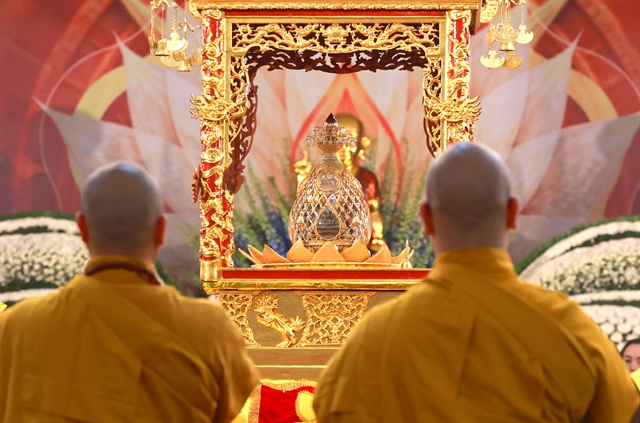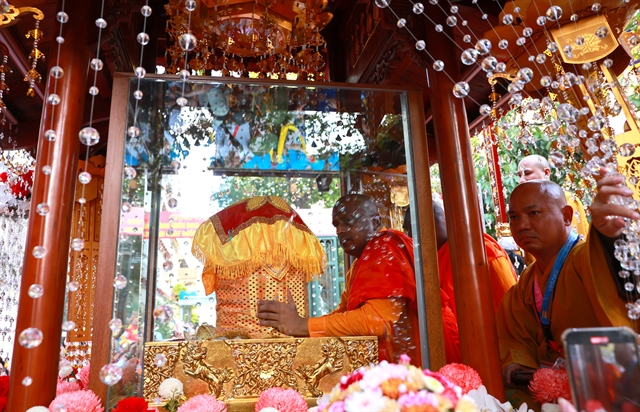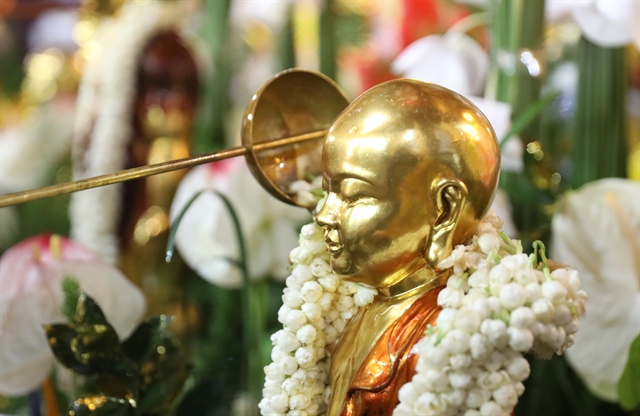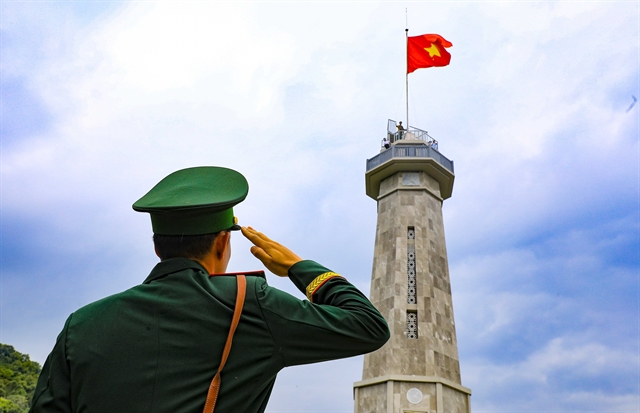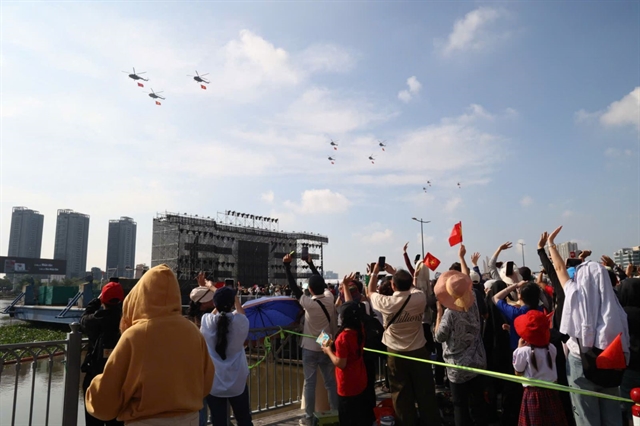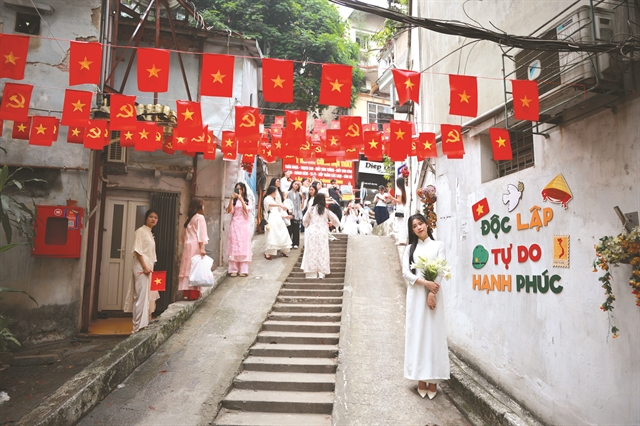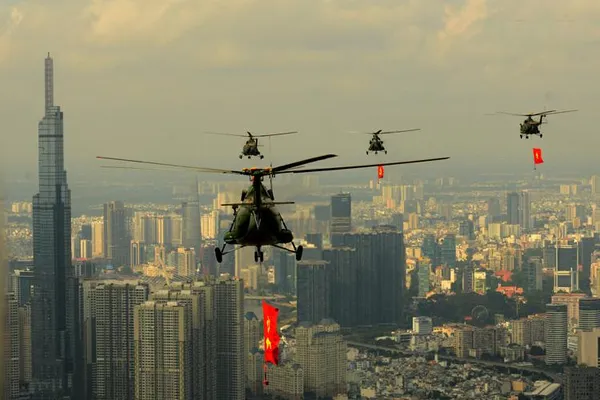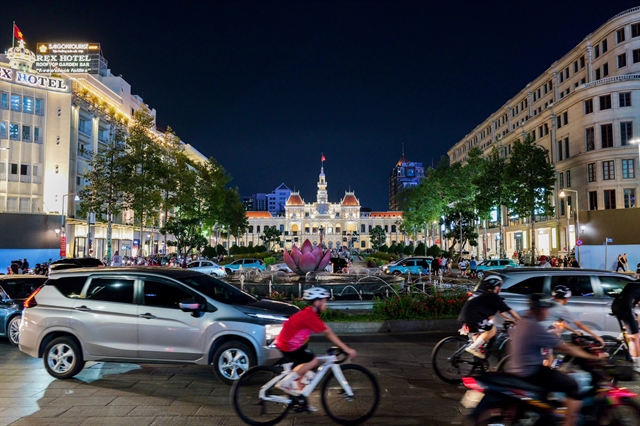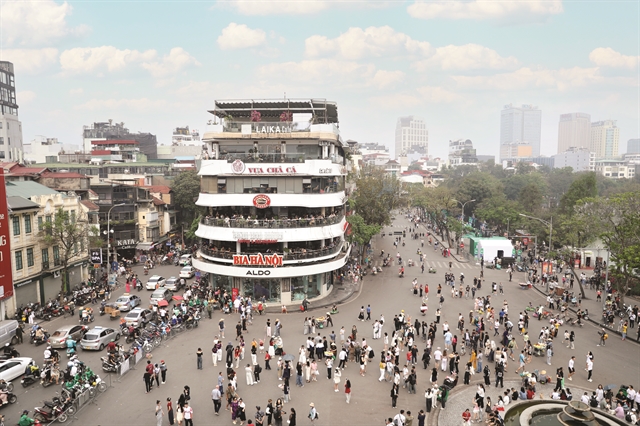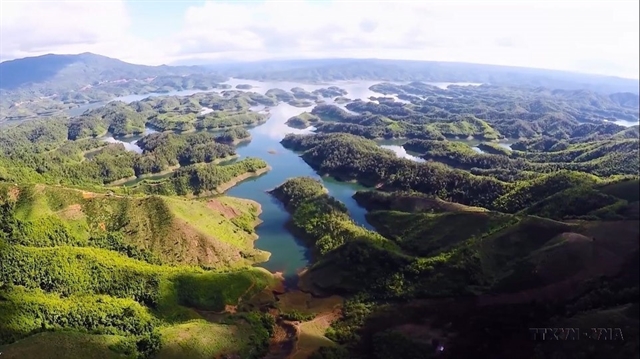 |
| Tà Đùng National Park, known as the “Hạ Long Bay of the Central Highlands,” boasts one of the highest levels of biodiversity in Đắk Nông Province and the Central Highlands in general. The park is home to more than 2,000 species of flora and fauna, including many rare and endangered ones. VNA/VNS Photo Hưng Thịnh |
HÀ NỘI —For many years, biodiversity has been a global concern, with millions of plant and animal species facing the risk of extinction due to human activities. Recognised as one of the world's 25 most biodiverse countries, Việt Nam boasts a rich and vibrant natural heritage. Yet, like many nations, it grapples with serious challenges in conserving this biodiversity — challenges deeply intertwined with economic development and social stability.
In celebration of the International Day for Biodiversity on May 22, this photo essay explores the beauty and significance of Việt Nam’s diverse ecosystems and the urgent need to protect them.
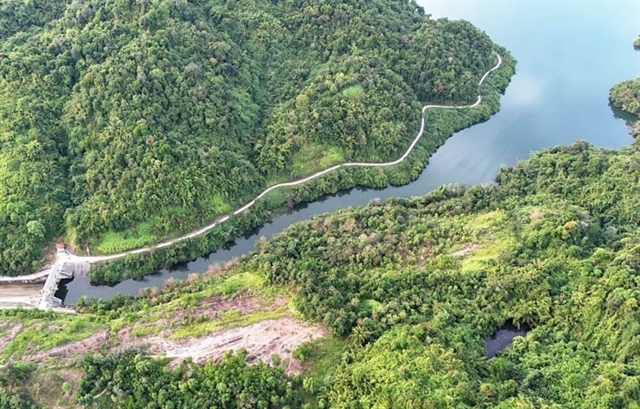 |
| Đạ Tẻh Lake in Mỹ Đức Commune, Đạ Huoai District, is one of the largest irrigation projects in Lâm Đồng Province. Closely tied to the history and development of the former Đạ Tẻh District, the lake has played a key role in enhancing the local ecosystem and reshaping the natural landscape. VNA/VNS Photo Hồng Đạt |
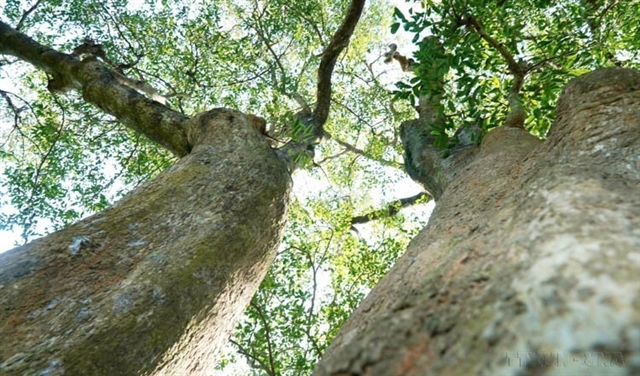 |
The ancient Kơ nia forest in Hòa Mỹ Hamlet, Nhơn Phúc Commune, An Nhơn Town (Bình Định Province) is home to centuries-old trees and is revered by locals as a “village treasure.”
VNA/VNS Photo Lê Phước Ngọc |
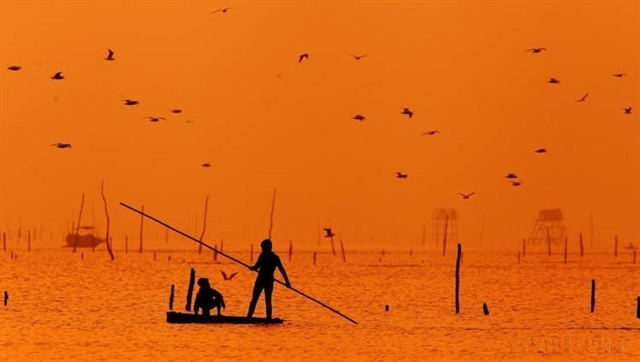 |
Sunset over Giao Hải Beach, part of Xuân Thủy National Park’s buffer zone. Xuân Thủy National Park in Giao Thủy District, Nam Định Province, was the first wetland in Southeast Asia to be designated under the RAMSAR Convention. It now forms the core zone of the Red River Delta Biosphere Reserve, recognised by UNESCO.
VNA/VNS Photo Lâm Khánh |
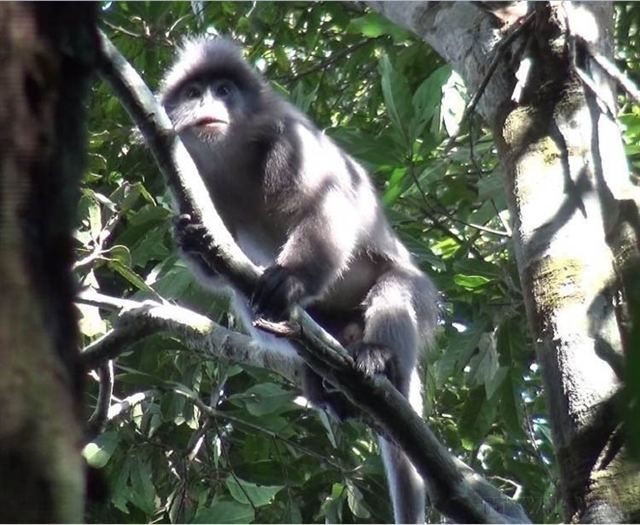 |
| Xuân Liên National Park in Thường Xuân District, Thanh Hóa, is one of Việt Nam’s most diverse biodiversity conservation areas. VNA/VNS Photo |
 |
| The lush and diverse flora of Kon Ka Kinh National Park, one of the two core zones of the Kon Hà Nừng Plateau Biosphere Reserve. VNA/VNS Photo |
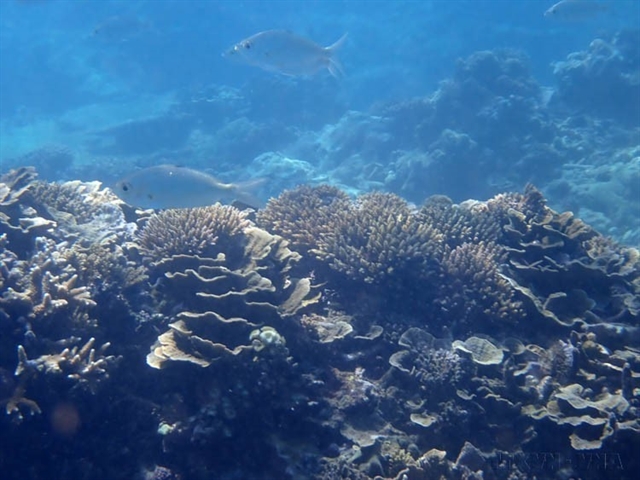 |
| Coral reefs in the marine protected area of Núi Chúa National Park (Ninh Hải District, Ninh Thuận Province). VNA/VNS Photo |
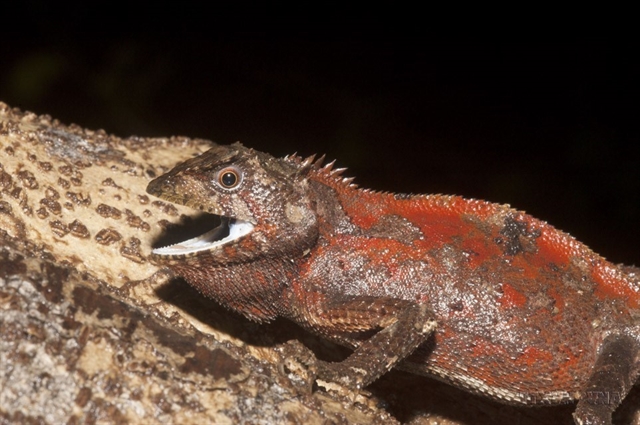 |
| Various rare and endangered animal species at Tà Đùng National Park (Đắk Nông). VNA/VNS Photo |
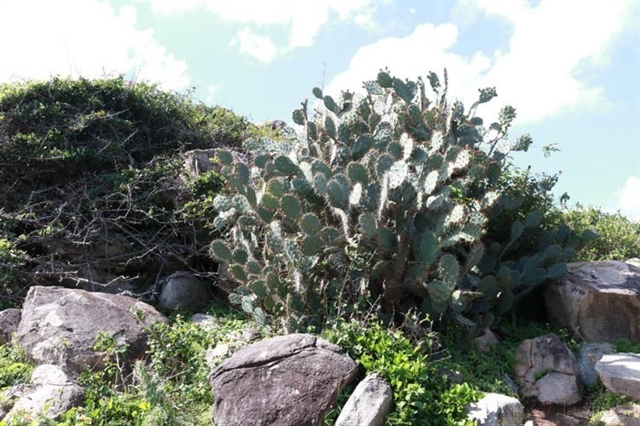 |
| Tràm Chim National Park in Tam Nông District (Đồng Tháp) is the 2,000th Ramsar site in the world and one of eight key bird conservation areas in Việt Nam. It is home to more than 100 species of vertebrates, 40 fish species, and 147 species of waterbirds. VNA/VNS Photo Minh Đức |
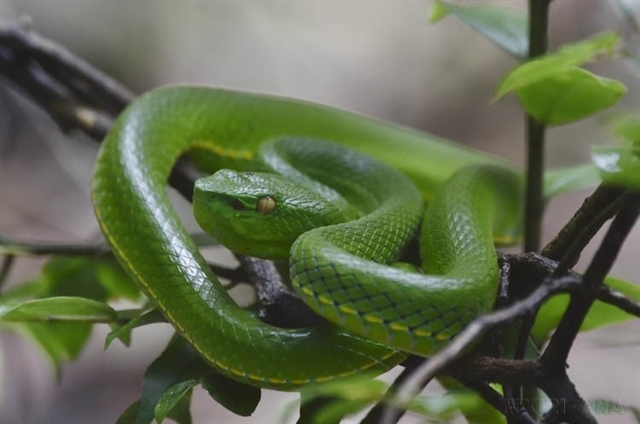 |
| Various rare and endangered animal species at Tà Đùng National Park (Đắk Nông). VNA/VNS Photo |
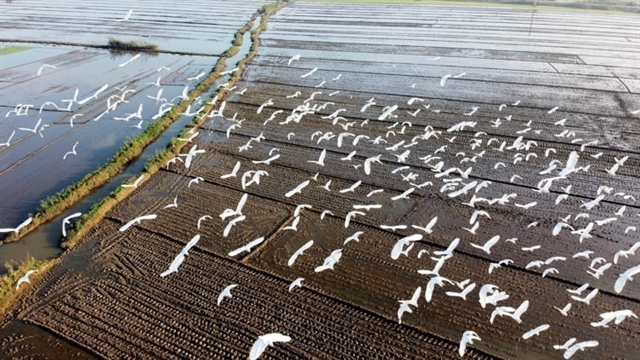 |
| In the rice fields of Thừa Thiên-Huế Province, flocks of storks and other birds are returning, foraging in drying canals or freshly sown paddies. Their return signals improving ecological conditions in the area (2020). VNA/VNS Photo Hồ Cầu |
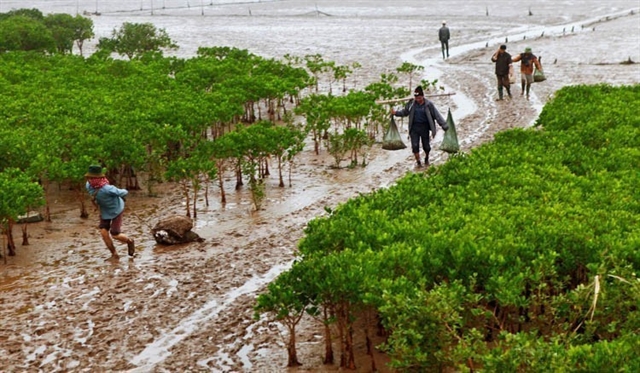 |
| Xuân Thủy National Park, located in Giao Thủy District, Nam Định Province, was the first Southeast Asian wetland to join the RAMSAR Convention and has been recognised by UNESCO as the core zone of the Red River Delta Biosphere Reserve. Pictured: Sunset over Giao Hải Beach, part of the park’s buffer zone. VNA/VNS Photo Lâm Khánh |















.jpg)

.jpg)
